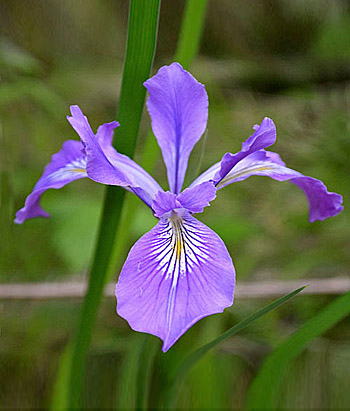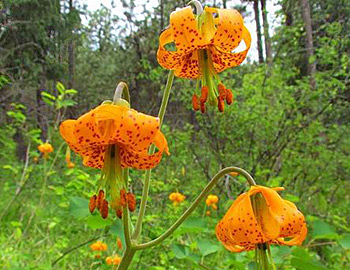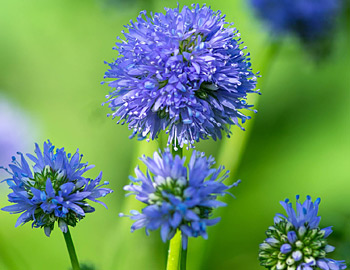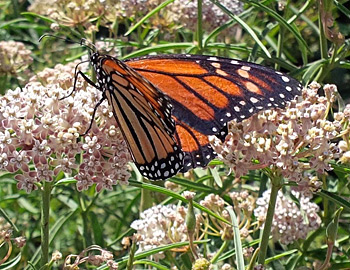COMPANY OVERVIEW
WHAT WE DO
NATIVE SEEDS OF OREGON provides pure, live seed collected from
Oregon’s Willamette Valley and western Coast Range. We carry a
wide variety of both annual and perennial wildflower seeds
from Oregon that also provide habitat connections for our
native fauna.
Visit our "Habitat Zones" page for
descriptions and information on Habitat zones.
See Annuals and Perennials page for
descriptions and photos for each wildflower..
Shop Online and view our selection of native seeds
and even more in-depth descriptions of each seed product.
Thank you, Tim

FOREST AND MEADOW WILDFLOWERS
All seeds and plants of forest and meadow wildflower have
baked-in dormancy requirements to protect them from
germinating before killing frosts or in times of drought. It
is a survival thing that plants have evolved based on nature’s
conditions. In natural conditions, seeds will lie dormant
until several necessary conditions for germination, growth,
and flowers and seeds occur. To be successful with these types
of species grown from seed please understand that the
conditions below must exist in the world of plants. Each
species has a different method of naturally breaking dormancy.
Wildflowers are not always instant garden flowers and can take
some understanding and patience before they germinate and
later bloom. Before germination, seeds must stratify. Before
flowering, an existing perennial must go through an overwinter
process to vernalize. Annuals are relatively quick and some
perennials may require up to a few years.
To help better understand why they may not germinate the first year, we offer
the following germination notes:
1. Some species
germinate upon sowing in a warm location. They grow and leaf
the first year to begin blooming the second and successive
years.
2. Some species will even need a warm, moist period
followed by a cold, moist period and will need 2-4 full years
of these alternating conditions to germinate.
3. Most
natives in northern climates need a cold, moist stratification
followed by an extended cold period ie. Fall/Winter.
4.
Very small seeds need light to break dormancy so they should
be planted no deeper than 1/8th of an inch and under just a
light layer of soil cover.
5. Annuals are less complex and can will
complete the entire sequence in one growing season.




